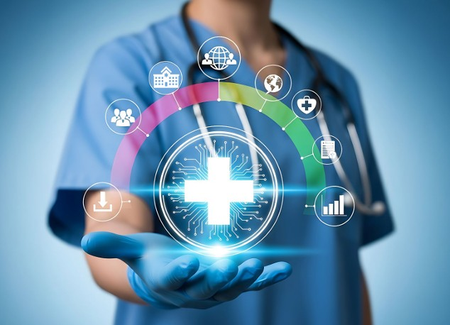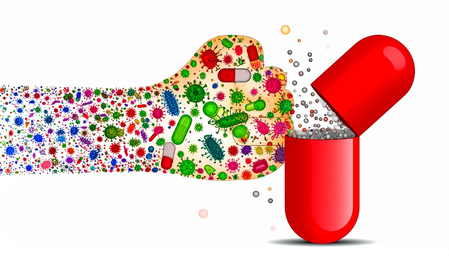
New Delhi, Sep 23 (IANS) Free medicines distribution, use of generics, and price regulation enabled a better control of hypertension — a known risk for heart disease — in India, the World Health Organization (WHO) said on Tuesday, lauding the country’s efforts to combat blood pressure.
In its Global report on hypertension 2025, during the 80th United Nations General Assembly, the WHO shared the example of India for its successful pricing approaches for essential hypertension medicines.
“India’s comprehensive approach to improving hypertension care, including its National Free Drugs Service Initiative, the promotion of the use of generic medicines, and the imposition of price ceilings on essential antihypertensive medicines, has yielded substantial public health gains and improved blood pressure control rates,” the WHO said.
Launched in 2018-2019, the government’s India Hypertension Control Initiative (IHCI) ensured a reliable supply of free, quality-assured generic antihypertensive medicines in public sector clinics. It was also supported by simple, protocol-driven treatment regimens and robust medicines procurement systems.
In addition, the National Pharmaceutical Pricing Authority (NPPA) also set the price ceilings for essential medicines, including antihypertensives, under the Drug Price Control Order and the National List of Essential Medicines.
The NPPA calculated these ceiling prices based on average market prices, ensuring medicines remain affordable while allowing fair profit margins for manufacturers.
The approach kept out-of-pocket costs low for patients and thus enabled the public health system to provide a reliable supply of affordable, quality-assured generic medicines, the report said.
The WHO said that studies indicate that when hypertension medicines are procured and dispensed through public sector channels or Jan-Aushadhi generic medicines stores, annual costs per patient can be up to 80 per cent lower than in the private sector, further enhancing affordability and access.
The report stated that before these reforms were initiated, hypertension control rates in India were low — only about 14 per cent of hypertensive adults achieved blood pressure control.
However, “recent programme data from Punjab and Maharashtra show that among patients retained in care and treated according to protocol, blood pressure control rates rose to 70-81 per cent at follow-up, with mean systolic blood pressure reductions of 15–16 mmHg”, the WHO said.
“These improvements demonstrate that public investment in affordable, accessible antihypertensive medicines not only enhances clinical outcomes but also reduces the economic burden of cardiovascular disease, offering a high value return by preventing costly heart attacks, strokes, and related complications,” the global health body said.
Meanwhile, the WHO report showed that 1.4 billion people lived with hypertension in 2024, yet just over one in five have it under control either through medication or addressing modifiable health risks.
The analysis of data from 195 countries and territories shows that 99 of them have national hypertension control rates below 20 per cent. Only 28 per cent of low-income countries report that all WHO-recommended hypertension medicines are generally available in pharmacies or primary care facilities.
–IANS
rvt/




